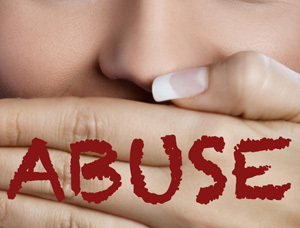 The abuse of others shows it true colors in so many ways, and as much as we want to deny it is happening – all of us must be aware of the signs and then have the courage to speak up. The story in the Washington Post was of the work that Yardley Love’s mom is now doing to make others aware of the importance of not ignoring the signs of abusive behavior. I honor and applaud the efforts of someone for whom it is too late to save her own daughter.
The abuse of others shows it true colors in so many ways, and as much as we want to deny it is happening – all of us must be aware of the signs and then have the courage to speak up. The story in the Washington Post was of the work that Yardley Love’s mom is now doing to make others aware of the importance of not ignoring the signs of abusive behavior. I honor and applaud the efforts of someone for whom it is too late to save her own daughter.
Abuse virtually never starts with a “major” event. A person who becomes the victim of abuse is almost never attacked on the first meeting of two people. That is true in domestic abuse, bullying in school or workplace violence. Generally it begins with what seems to be annoying or even insignificant events that are uncomfortable but we may be blinded by our own emotions to see where the actions might lead.
- Teasing and taunting may be in fun – but may be a sign of abuse to come.
- Physical actions may be playful – but can become more violent.
- BFF – becomes a controlling relationship with jealousy
- Never being wrong – results in being worried that you are going to hurt their feelings
The list goes on and on. Learn everything you can about abuse as a protection to your future self. What is most interesting to me is the correlation of domestic violence / abuse and childhood bullying. Anytime one person sees themselves as more powerful than another and chooses to hurt them intentionally on a regular basis to maintain that control – this is ABUSE.
The hardest part is recognizing the signs when it is happening to yourself. Trust your instincts. The next hardest part is listening to those around you who see the patterns and warn you about the relationship. Trust your friends and family. Being willing to listen to others and be real with yourself about your relationships is your first line of defense in protecting yourself from abusive relationships.




